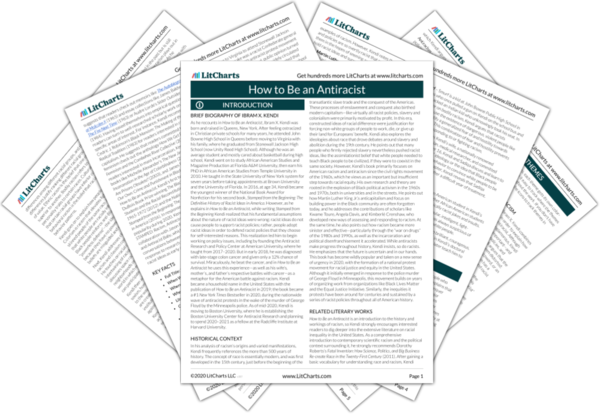Race has no scientific basis, yet the centuries-long prevalence of eugenics shows how powerfully the idea of race captivates people and twists their thinking. It even makes expert scientists violate their disciplines’ most basic assumptions and values. Although many scientists spent their lives trying to map out exact racial divisions, none of them were successful, because they were trying to find biological proof for a purely social idea. Because there is no such thing as “racial ancestry,” it is impossible to explain observed differences among racial groups through genetics. This is why it would be wrong, for instance, to say that Black people are
naturally better athletes: this argument implies that there is some unique genetic category of Black people, when in reality, there isn’t. If racial groups were based on genetic similarity, West Africans and Western Europeans would be part of the same racial group. But in reality, the only genes that all Black people share are the ones that all human beings share.


